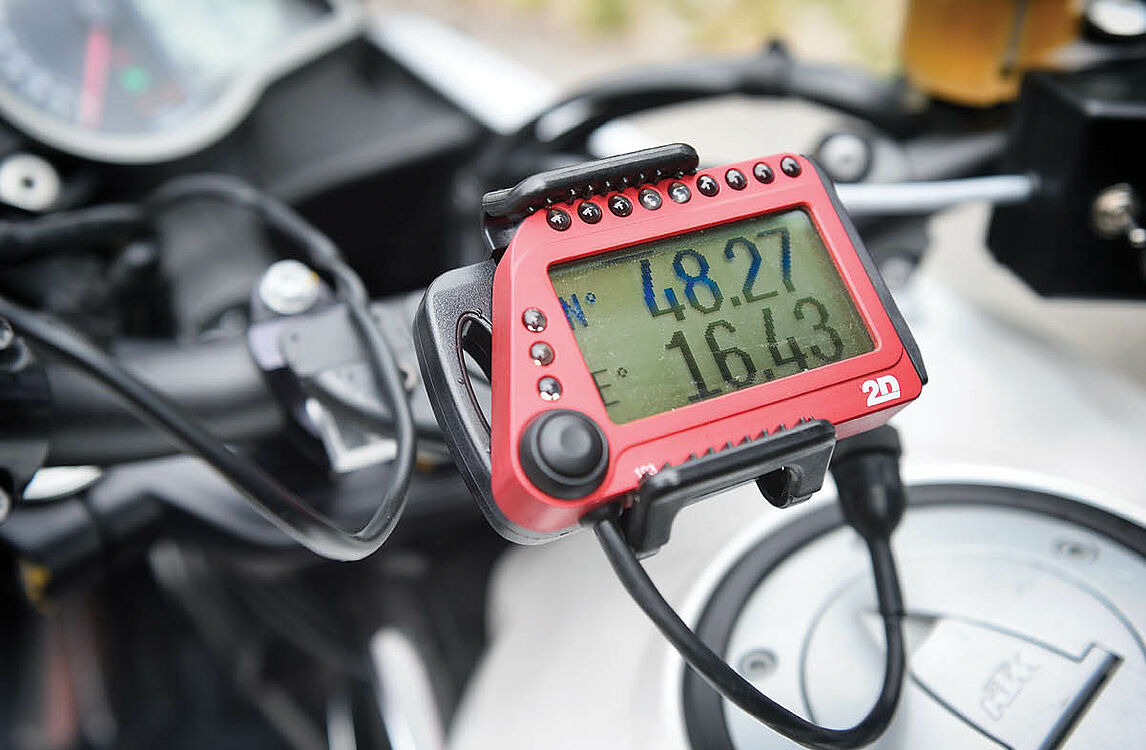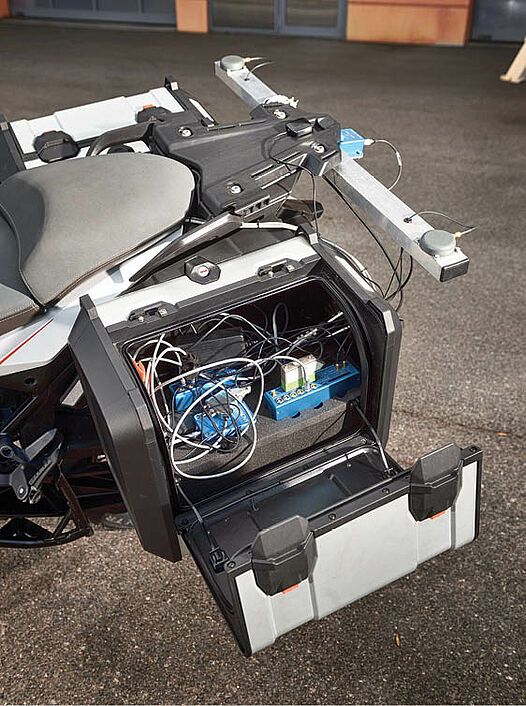Motorcyclists are particularly at risk in road traffic. A measuring motorcycle developed by AIT together with the Vienna University of Technology helps to significantly reduce the risk of accidents. As a mobile laboratory, it identifies danger spots that can be mitigated before anything happens. Read more about how this works in detail in the blog.

![[Translate to English:] Fahrendes Labor beim Vermessen](/fileadmin/_processed_/1/2/csm_AIT_25287__FVZ1666_55b725f0a5.jpg)


